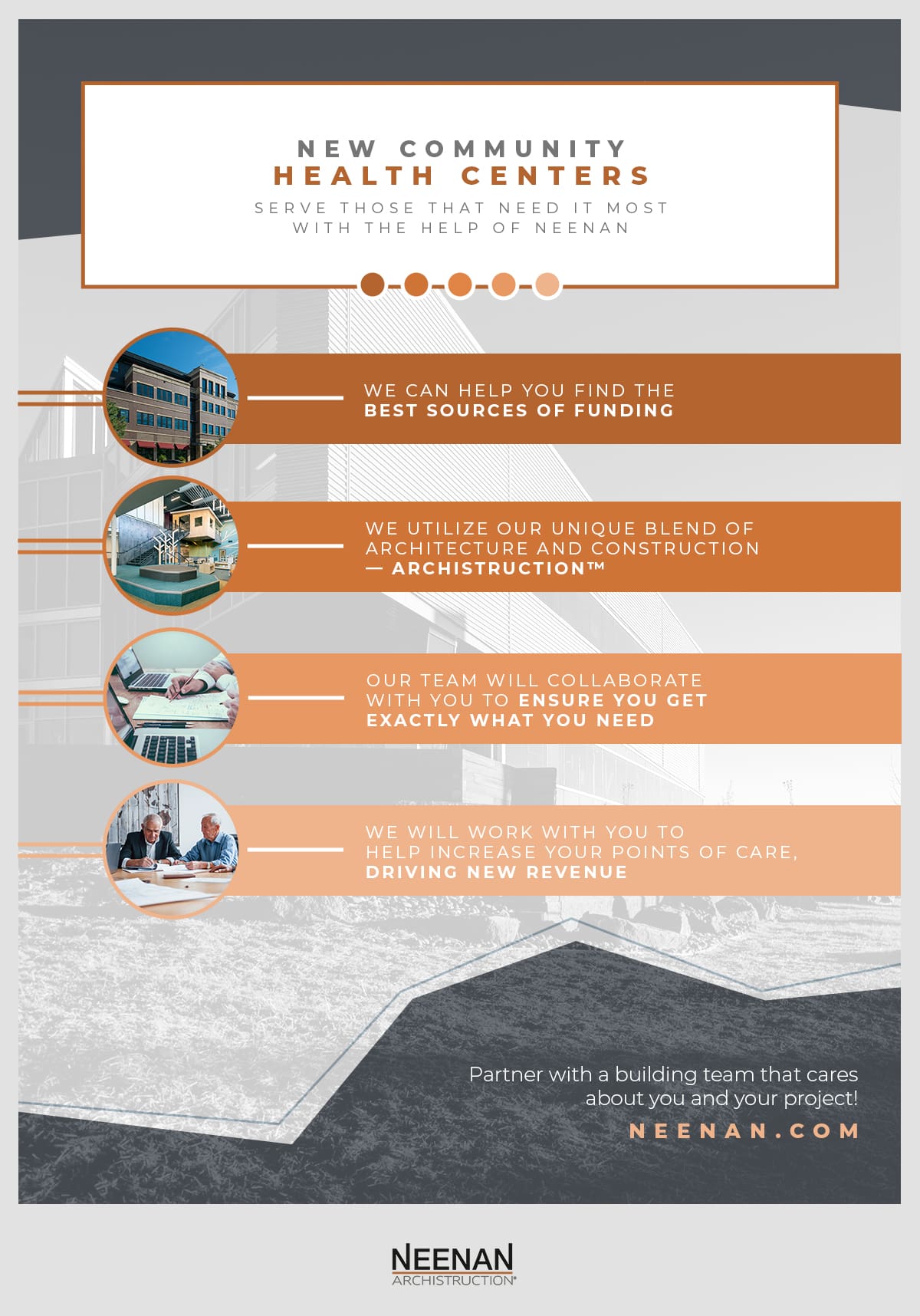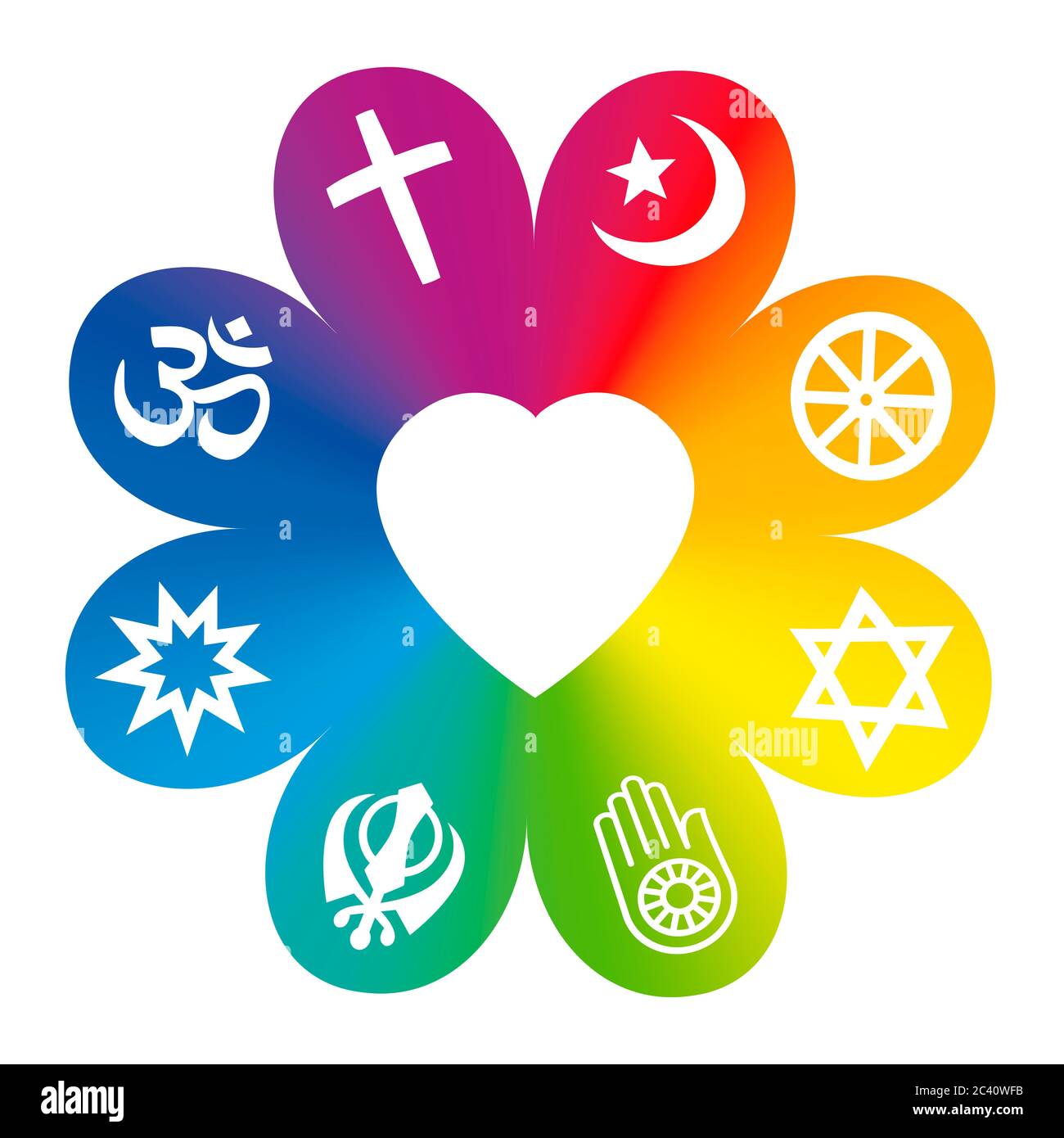2029 Health Science Industry Employment Projections: Opportunities, Trends, and Access Strategies
Introduction: Navigating the Future of Health Science Employment
The health science industry remains one of the most dynamic sectors in the U.S. economy, consistently outpacing growth in other fields. As we approach 2029, stakeholders-including job seekers, employers, and educators-are keenly interested in the projected employment numbers and the implications for careers and workforce development. This article provides a comprehensive analysis of the anticipated employment landscape, actionable guidance for accessing opportunities, and strategic insight into workforce trends, supported by authoritative, verified sources.
Projected Employment Numbers for 2029
According to the Bureau of Labor Statistics (BLS) and analysis by the Center for Health Workforce Studies, the health care sector is expected to require nearly 19 million workers nationally by 2029 . Of these, approximately 18.7 million health care workers will be needed to fill both new positions and replace those leaving or retiring. Notably, the majority-about 85%-of these roles will be replacements for current workers, while the rest reflect new job creation driven by industry growth [1] .
Sector-specific projections highlight that:

Source: healthsystemtracker.org
- Hospitals are expected to add nearly 75,000 new jobs for registered nurses (RNs) alone between 2019 and 2029.
- Nursing homes, home health care, and offices of physicians also anticipate significant growth, with home health care jobs projected to expand by 30% and outpatient care centers by nearly 29% over the same period [2] .
- Life sciences, which broadly includes health sciences, will see regional variations: for example, Massachusetts expects to add 16,633 net new jobs by 2029, representing an 11.6% increase [3] .
These figures demonstrate sustained demand across a wide range of health science disciplines, from direct patient care to laboratory research and biotechnology.
Key Growth Areas: Where New Jobs Are Emerging
The health science industry encompasses various sub-sectors, each with unique growth trajectories and skill requirements. The greatest job growth is expected in:
- Home Health Care: Driven by demographic shifts and the growing preference for in-home services, this sector is forecasted to grow by 30% between 2019 and 2029 [2] .
- Outpatient Care Centers: Reflecting the shift towards preventive and ambulatory care, these centers will see nearly 29% job growth.
- Offices of Health Practitioners: Jobs in physicians’ offices and related settings are projected to increase by almost 12%.
- Life Sciences (Biotech, Pharma, Research): In states like Massachusetts, life sciences roles-especially in STEM fields-are expected to grow by over 11%, with high demand for biochemists, biophysicists, medical scientists, and technical specialists [5] .
These trends mirror broader industry transformations, including advances in telemedicine, digital health, and personalized medicine, further fueling demand for skilled professionals.
Accessing Health Science Careers: Actionable Steps and Strategies
For individuals seeking to enter or advance within the health science industry, the following step-by-step guidance will help maximize opportunities in this rapidly evolving field:
- Education and Certification: Most health science roles require specialized education or credentials. Consider obtaining degrees in nursing, medical technology, public health, or life sciences. Accredited programs can be found through recognized institutions; consult college and university websites for admissions details.
- Professional Associations: Joining relevant professional organizations-such as the American Medical Association, American Nurses Association, or state-specific life sciences councils-can provide networking, continuing education, and job listings.
- Industry Job Boards: Use established job portals like Indeed, LinkedIn, Biospace, and the Career section of major hospital systems. For specialized roles in biotech and research, Biospace offers regularly updated listings for verified employers in health sciences [5] .
- Internships and Apprenticeships: Seek out hands-on learning opportunities through internships, clinical rotations, or apprenticeships. These experiences are often listed on academic program pages, hospital websites, and professional association career centers.
- Upskilling and Continuing Education: As skill gaps persist-particularly in AI, digital health, and technical domains-explore online certificate programs, workshops, and webinars. Many employers offer tuition reimbursement and in-house training for current staff.
If you are unsure where to start, contact your local workforce development office or visit your state’s department of labor website for guidance on health science career pathways.
Challenges and Solutions in Meeting Workforce Demand
Despite robust growth projections, several challenges remain for both employers and job seekers. These include:
- Skill Gaps: Employers report difficulty filling roles requiring advanced technical skills, such as AI integration, laboratory automation, and data analysis. Solutions include employer-sponsored training, partnerships with educational institutions, and targeted reskilling initiatives [5] .
- Retention and Replacement: With 85% of new hires needed to replace departing workers, organizations are investing in employee engagement, competitive benefits, and career development programs to retain talent [1] .
- Funding and Economic Uncertainty: Regional slowdowns and federal funding fluctuations may impact hiring in research and biotech. Candidates should monitor industry news and consider roles in high-growth segments such as home health or outpatient care [3] .
Proactive career planning, continuous learning, and flexibility are key to navigating these challenges. Many organizations now offer mentorship programs and cross-training initiatives to prepare their workforce for future demands.
Alternative Pathways and Additional Resources
Beyond traditional employment channels, job seekers may explore:

Source: seekingalpha.com
- Freelance and Contract Opportunities: Increasingly, health science professionals are engaging in temporary, project-based roles. Look for these opportunities on major job boards and through staffing agencies specializing in healthcare and life sciences.
- Remote and Telehealth Careers: The expansion of digital health has created new remote work options for clinicians, technologists, and support staff. Check with established telehealth providers and hospital systems for remote positions.
- Government and Public Health Roles: Federal, state, and local agencies regularly recruit for public health specialists, epidemiologists, and program managers. For current openings, visit the official USAJobs.gov portal or search your state’s health department website.
For comprehensive support, consider reaching out to local workforce development boards, career counseling centers, or university alumni networks, which often provide job placement and career coaching services.
Summary: Key Takeaways for 2029 Health Science Employment
By 2029, the health science industry is projected to employ nearly 19 million professionals nationwide, with sustained demand across hospitals, home health, outpatient care, and life sciences. Growth rates vary by sector, but new opportunities will be driven by demographic shifts, technological innovation, and evolving care models. Success in accessing these roles requires targeted education, continuous skills development, and engagement with professional resources. As the workforce landscape evolves, adaptability and ongoing learning will be crucial for both job seekers and employers.
References
[1] Center for Health Workforce Studies (2021). Health Care Employment Projections, 2019-2029. [2] Purdue Global (2023). Health Care Job Growth Remains Strong Through 2031. [3] WBUR (2025). Mass. life sciences sector to add thousands of jobs amid worry of brain drain. [5] BioSpace (2025). Massachusetts’ Life Sciences Job Growth Flattens After 10 Years of Increases.
MORE FROM cheerdeal.com













